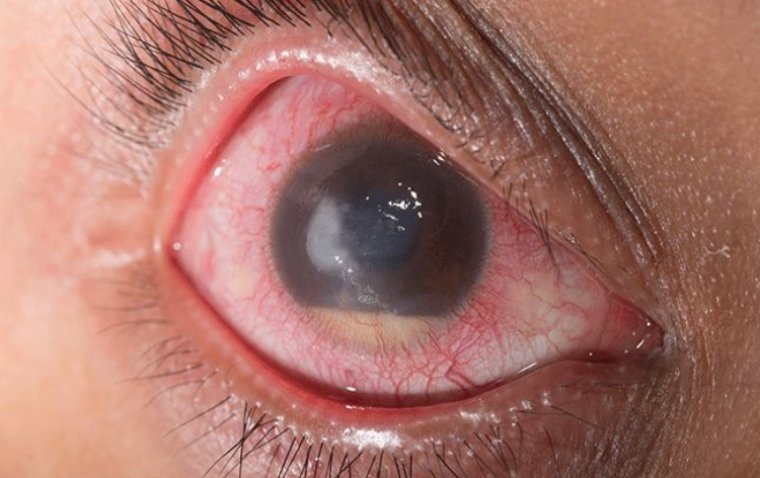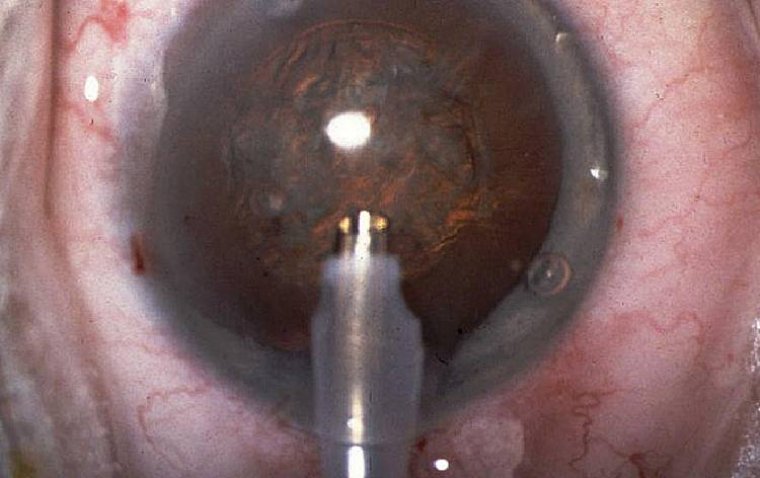
Chloramphenicol Eye Drops - When and How to Use It?
Durysta (bimatoprost and chloramphenicol) is a prescription medication produced by Allergan that is used to lower intraocular pressure (IOP) in people with open-angle glaucoma or ocular hypertension (high pressure in the eye). It is a combination of two medications: bimatoprost, which is a prostaglandin analog, and chloramphenicol, which is an antibiotic.
What is Chloramphenicol Eye Drop?
Chloramphenicol eye drops are a topical medication used to treat infections of the eye and surrounding tissue. Chloramphenicol is an antibiotic that is effective against a wide variety of bacteria, including those that are resistant to other antibiotics. It works by inhibiting the growth of bacteria and killing them.
Chloramphenicol eye drops are usually prescribed for infections of the eye and surrounding tissue caused by bacteria, such as conjunctivitis (pink eye) and keratitis (inflammation of the cornea). They are typically used to treat severe or recurrent infections that are unresponsive to other antibiotics.
When to use Chloramphenicol Eye Drops
Chloramphenicol is an antibiotic that is used to treat infections of the eye. It is typically used when other antibiotics are not effective or when the infection is caused by bacteria that are resistant to other antibiotics. Your doctor may prescribe chloramphenicol if you have an infection of the eye or surrounding tissues, such as conjunctivitis, blepharitis, or keratitis. It is important to use chloramphenicol only as directed by your doctor, and to complete the entire course of treatment even if your symptoms improve. This will help to prevent the infection from returning and to prevent the development of antibiotic resistance.
Who Can Use It?
It is usually only prescribed by doctors for serious infections that are resistant to other antibiotics. If you have an infection and are considering taking chloramphenicol, you should speak with a healthcare professional for guidance on the appropriate treatment for your condition.
Who Can Not Use It?
Chloramphenicol is generally not recommended for use in children, pregnant women, or nursing mothers because it can cause serious side effects. It is also not recommended for use in animals, as it can cause serious adverse reactions and is not effective against certain types of bacteria.
Can Chloramphenicol Affect Pregnancy, Fertility, or Breastfeeding?
Chloramphenicol may be harmful to a developing fetus, and it is not recommended for use during pregnancy. Chloramphenicol can also pass into breast milk and may cause serious side effects in nursing infants. It is not recommended for use by nursing mothers or women who are planning to become pregnant. If you are pregnant, nursing, or planning to become pregnant, you should not use chloramphenicol without first discussing the potential risks with a healthcare professional.
There is limited information available on the effects of chloramphenicol on fertility. Some studies in animals have suggested that chloramphenicol may have an adverse effect on fertility, but more research is needed to determine if this is also true in humans. If you are concerned about the potential effects of chloramphenicol on fertility, you should speak with a healthcare professional for guidance.
How to Use Chloramphenicol
Chloramphenicol is available in several forms, including tablets, capsules, and an oral suspension (liquid). It is usually taken by mouth, but it can also be given intravenously (through a vein) in a hospital setting. The specific dosage and duration of treatment with chloramphenicol will depend on the type and severity of the infection being treated. It is important to take chloramphenicol exactly as prescribed by your doctor.
Here are some general guidelines for using chloramphenicol:
● Take chloramphenicol at evenly spaced intervals, as directed by your doctor.
● Do not crush, chew, or break the tablets or capsules. Swallow them whole with a full glass of water.
● If you are taking the oral suspension, shake the bottle well before each dose. Measure the dose carefully using the measuring spoon or cup provided.
● Do not stop taking chloramphenicol early, even if you feel better. Stopping treatment early can allow bacteria to continue to grow, which can lead to a relapse of the infection.
If you have any questions about how to use chloramphenicol, you should speak with your doctor or pharmacist.
What to Do If You Miss a Dose?
If you miss a dose of chloramphenicol, take it as soon as you remember. If it is almost time for your next dose, skip the missed dose and take the next dose at the regular time. Do not take two doses of chloramphenicol at the same time to make up for a missed dose.
If you miss multiple doses of chloramphenicol or forget to take the medication for an extended period of time, you should contact your doctor for further instructions. It is important to follow the prescribed dosing schedule for chloramphenicol to ensure that the infection is treated effectively.
What to Do If You Overdose?
If you think you or someone else may have taken an overdose of chloramphenicol, you should seek emergency medical attention right away. Overdose symptoms may include nausea, vomiting, stomach pain, diarrhea, and fever.
If the overdose was recent, you may be advised to induce vomiting or undergo gastric lavage (stomach pumping) to remove the excess medication from your system. You may also be given activated charcoal to help absorb any remaining chloramphenicol in the stomach.
It is important to seek medical attention immediately if you suspect an overdose, as chloramphenicol overdose can be serious and may cause serious side effects or death.
What Side Effects May Happen If You Use Chloramphenicol?
Like all medications, chloramphenicol can cause side effects. Some people may experience side effects while taking chloramphenicol, while others may not have any side effects at all. The most common side effects of chloramphenicol are nausea, vomiting, and diarrhea. Other possible side effects of chloramphenicol include:
● Loss of appetite
● Rash or itching
● Headache
● Dizziness
● Trouble sleeping
● Dry mouth
● Unusual tiredness or weakness
● Less common, but more serious side effects of chloramphenicol may include:
● Blood disorders, including anemia and decreased white blood cell count
● Allergic reactions, including difficulty breathing, hives, and swelling of the face, lips, tongue, or throat
● Seizures
● Confusion or changes in mental status
If you experience any of these side effects, you should contact your doctor as soon as possible. In rare cases, chloramphenicol can cause serious side effects that may require immediate medical attention, such as severe allergic reactions or blood disorders.
It is important to report any side effects you experience while taking chloramphenicol to your doctor. This will help your doctor determine the best course of treatment for you and monitor for any potential problems.
Does Chloramphenicol Eye Drop Cause Any Interaction with Other Medicines and Supplements?
Chloramphenicol eye drops may interact with other medications and supplements that you are taking. It is important to tell your doctor about all the medications and supplements you are using before starting treatment with chloramphenicol eye drops. This will help your doctor determine if chloramphenicol is safe for you and help to prevent any potential drug interactions.
Some medications that may interact with chloramphenicol eye drops include:
● Other antibiotics or antifungal medications
● Blood thinners, such as warfarin
● Medications that weaken the immune system, such as corticosteroids
● Medications that affect the blood, such as methotrexate
● Medications that affect the liver, such as phenobarbital
If you are taking any of these medications, you should tell your doctor before using chloramphenicol eye drops. Your doctor may need to adjust the dosage of your medications or monitor you more closely for side effects.
It is also important to tell your doctor about any supplements you are taking, as some supplements may interact with chloramphenicol eye drops. For example, some supplements, such as zinc, can interfere with the absorption of chloramphenicol.
If you have any questions about drug interactions with chloramphenicol eye drops, you should speak with your doctor or pharmacist.
(1).jpg)










